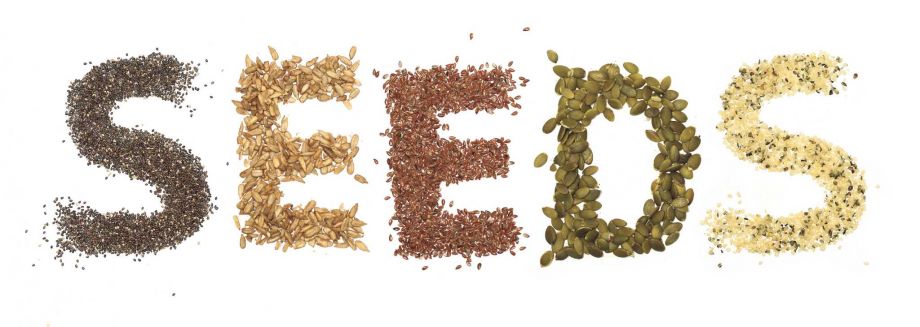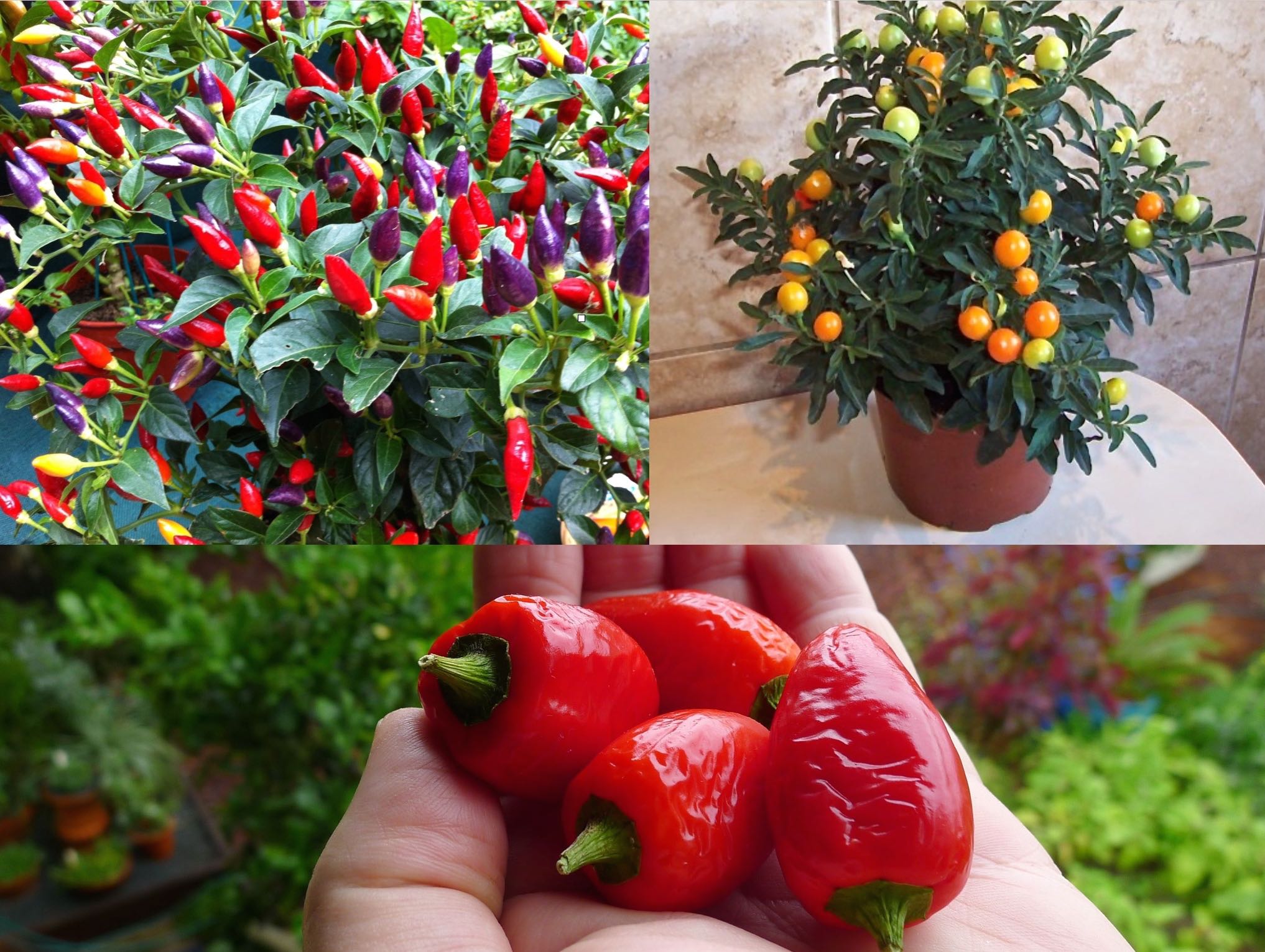Self-pollination and its type
Self-pollination is the transference of pollen grains from the anther of a flower to the stigma of either the same or genetically similar flower. It is generally not dependent on any external agency for pollination. It is of two types: 1.Autogamy It is the transfer of pollen grains from anther of a bisexual flower to … Read more










